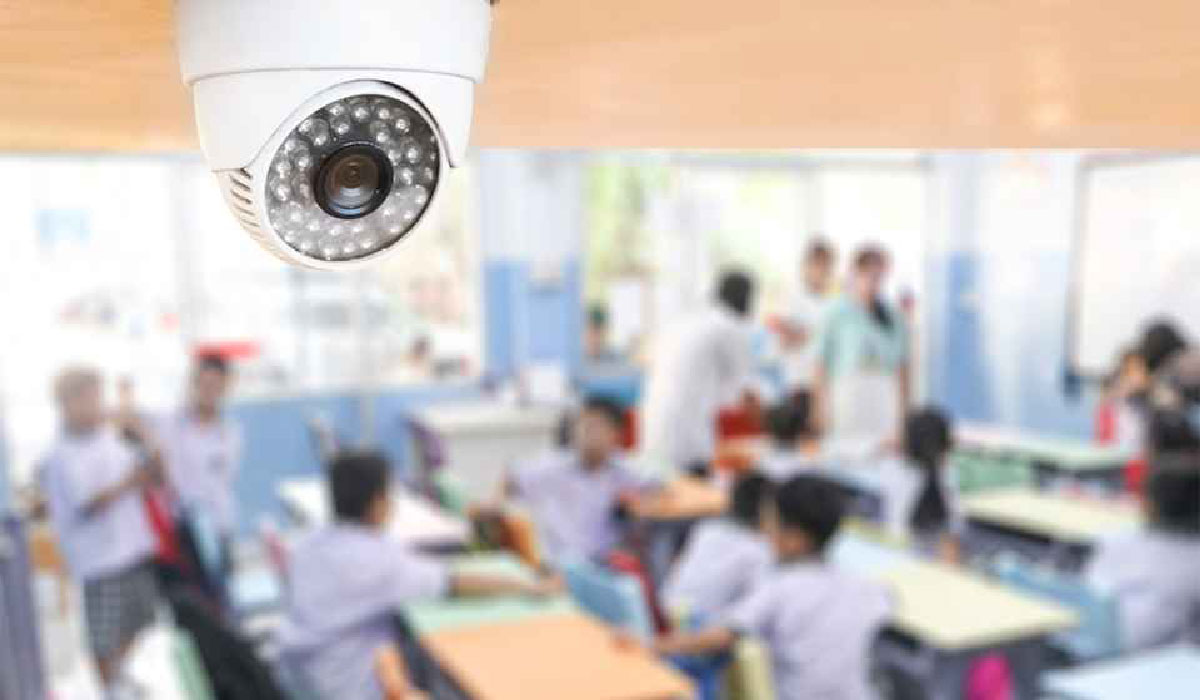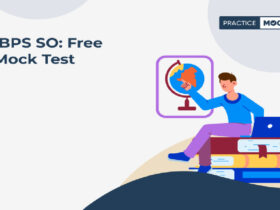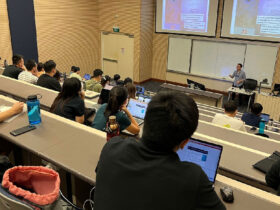Are Public Schools Using Too Much Surveillance Technology?
In recent years, there has been a noticeable increase in the use of surveillance technology in public schools. From cameras in hallways to software that monitors online activities, these tools are becoming more common. But this leads to an important question: Are public schools going too far with surveillance?
What is Surveillance Technology?
Surveillance technology in schools includes cameras, microphones, and software that track the activities of students and staff. These tools are often used to increase security, monitor behavior, and enhance the learning environment. While they can provide important benefits, their growing presence is also raising concerns about privacy and the atmosphere it creates in schools.
Why Do Schools Use Surveillance?
The main reason schools use surveillance technology is for safety. Cameras can deter bullying, prevent vandalism, and ensure that students and staff are behaving appropriately. Additionally, software tools help monitor online activities to protect students from harmful content and cyberbullying. For example, platforms like Ncedcloud, which requires an Ncedcloud login, are used to securely manage student data and provide digital learning resources.
How Much Surveillance is Too Much?
Finding the right balance is crucial. While safety is important, too much surveillance can make students feel like they are always being watched, which might affect their freedom and creativity. It’s essential for schools to consider not only the security benefits but also the impact on student privacy and trust.
What Are the Alternatives?
Instead of relying heavily on technology, schools can explore other methods to ensure safety and discipline. This includes improving the student-teacher relationship, community engagement, and fostering an environment of mutual respect and understanding. Schools can also provide education on digital citizenship and privacy to empower students.
What Are the Privacy Concerns with School Surveillance?
With the increasing use of surveillance technology, privacy concerns are inevitable. Students and parents worry about how surveillance data is stored, and used, and who has access to it. There is a fear that constant monitoring could record sensitive personal information or everyday activities that do not require scrutiny. Ensuring that data protection laws and policies are strictly followed is vital to maintaining trust within the school community.
How Does Surveillance Impact Student Behavior and Learning?
Surveillance can significantly impact how students behave and learn. On one hand, knowing they are monitored might deter negative behaviors; however, it can also lead to anxiety and stress among students. This environment might make students less likely to engage in open conversations or participate in activities freely. Schools need to consider these factors to avoid creating an oppressive atmosphere that could hinder educational and personal growth.
Are There Successful Examples of Surveillance in Schools?
It’s useful to look at examples where surveillance has been implemented successfully with positive outcomes. Some schools have found that limited and transparent use of cameras in public spaces can enhance security without invading privacy. These schools often involve students and parents in the conversation about how surveillance technology is used, helping to ensure that everyone understands and agrees with the approach. This collaborative method can help build a community that supports the use of technology while safeguarding individual rights.
Conclusion
While surveillance technology can contribute to safety in schools, it’s important to strike a balance that respects student privacy and fosters a supportive learning environment. As technology continues to evolve, so too should our approach to its use in educational settings. For more insights on digital tools used in education, visiting resources like ehallpass can provide valuable information.














